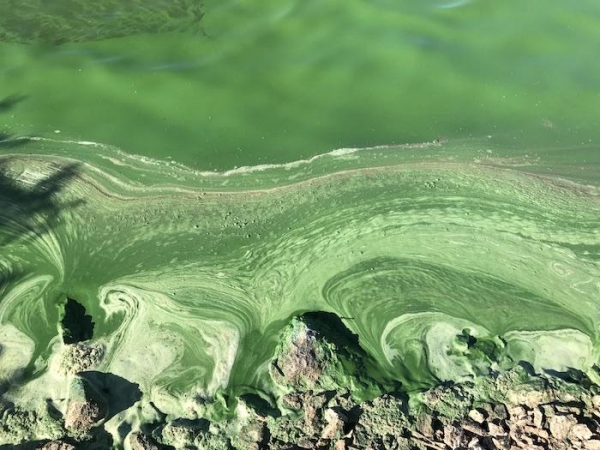A broad analysis of lake water quality across the United States reveals human-driven climate change is increasing risks of high toxin concentrations from algal blooms in U.S. lakes, posing increasing hazards to people and wild and domestic animals, including dogs.
A broad analysis of lake water quality across the United States reveals human-driven climate change is increasing risks of high toxin concentrations from algal blooms in U.S. lakes, posing increasing hazards to people and wild and domestic animals, including dogs.
The investigation, recently published as the cover story in Nature Water, relies on data from lake-water samples from 2,804 U.S. lakes collected between 2007 and 2017 by the Environmental Protection Agency.
The authors, including a researcher at the University of Kansas, use the EPA’s data to predict the likelihood that a toxin called microcystin, produced by some blue-green algal species, will spike above water quality thresholds in the years ahead. Microcystin can damage the liver in humans and can kill wild and domestic animals.
Read more at: University of Kansas
Blue-green algae scums washing up on shore of Milford Reservior, Kansas, in 2017. (Photo Credit: Ted Harris)




